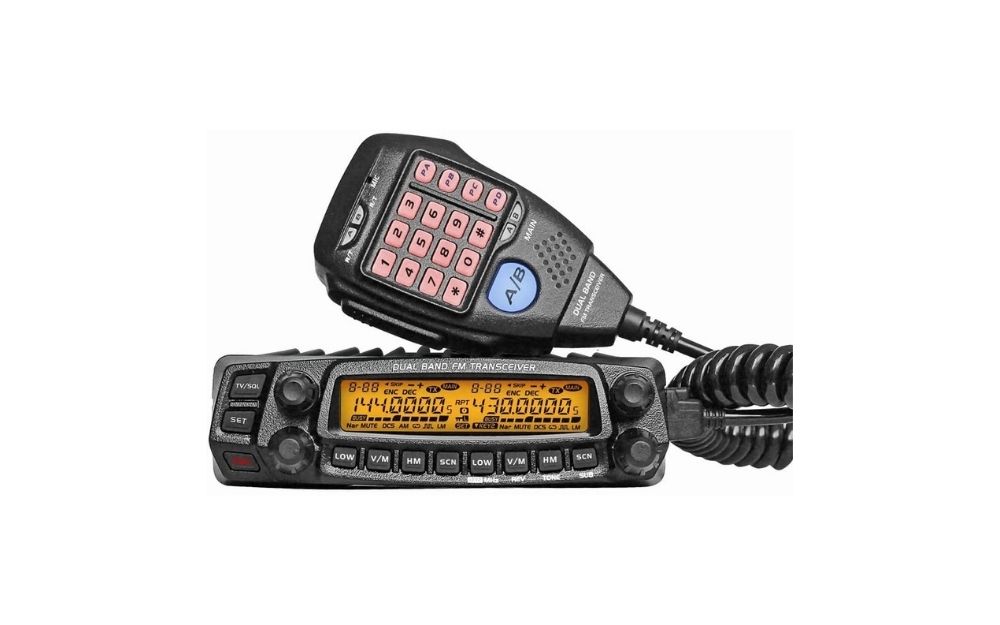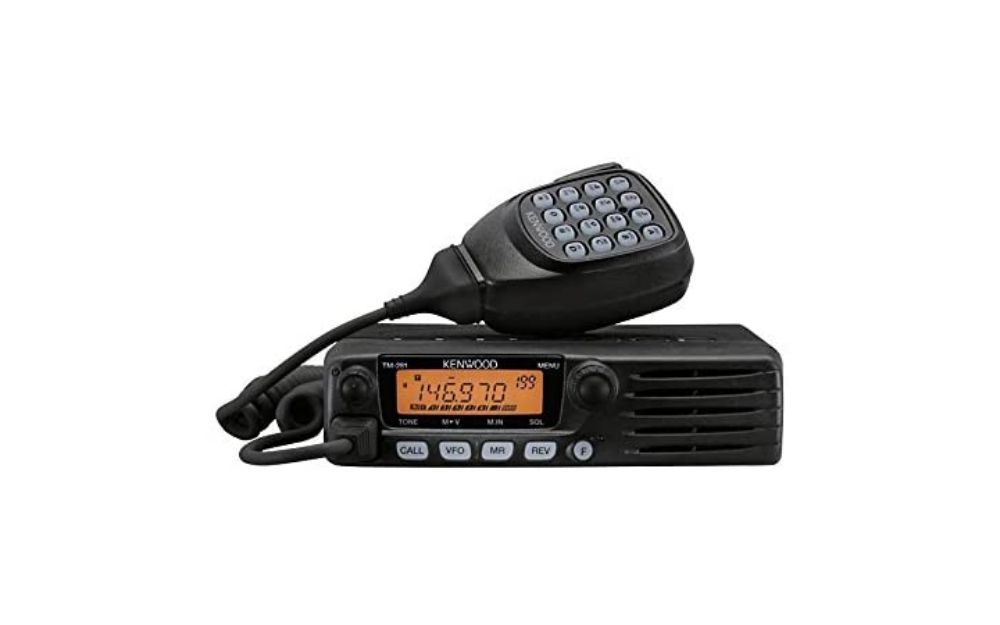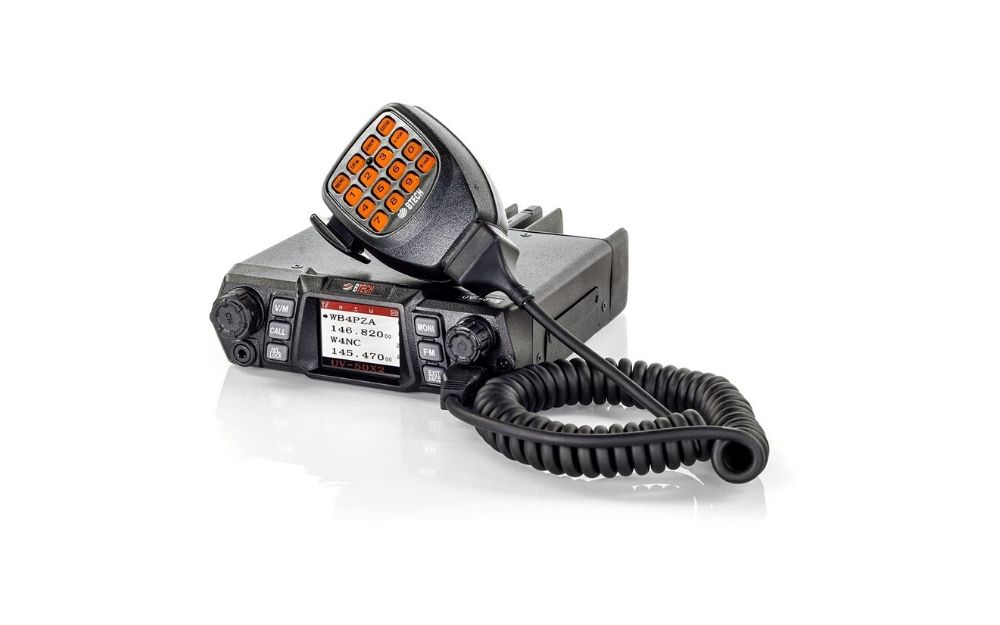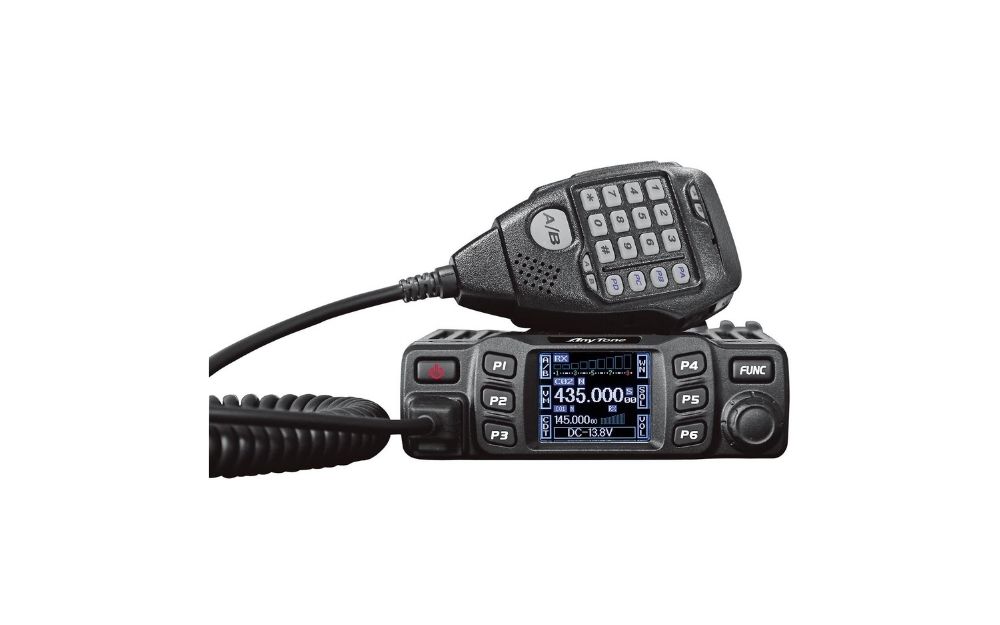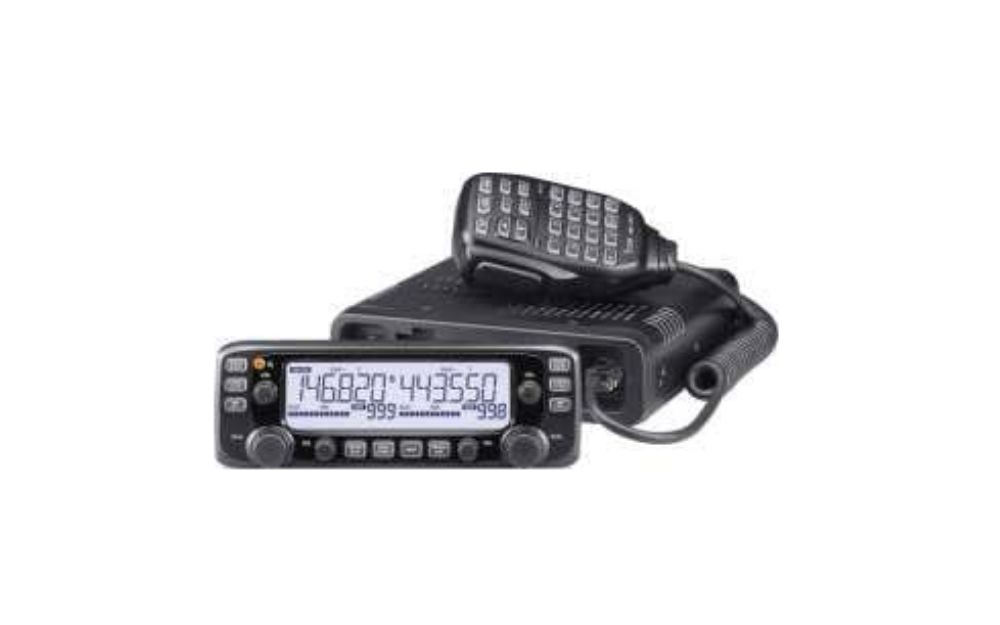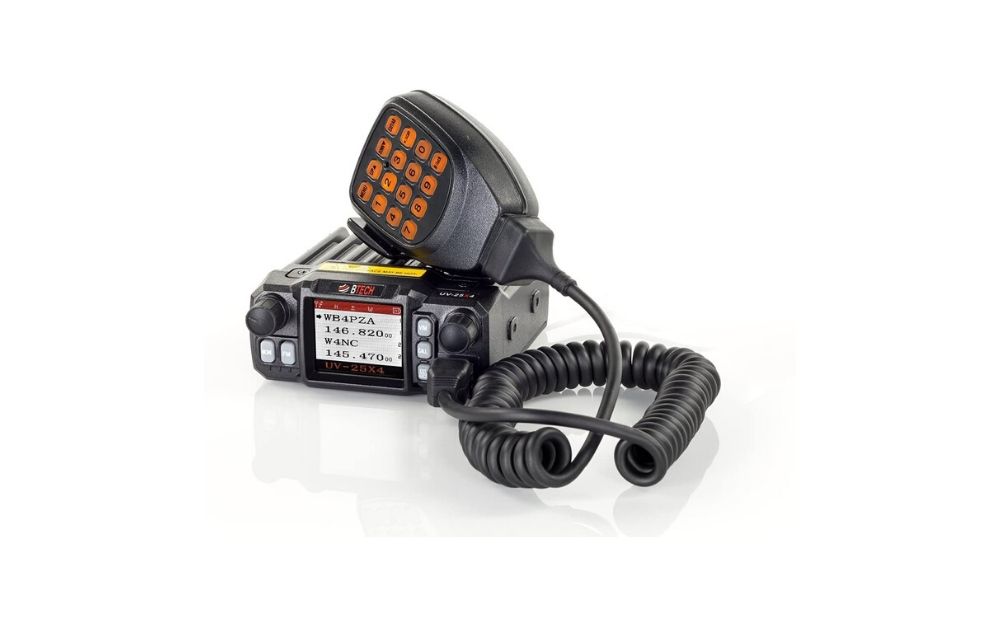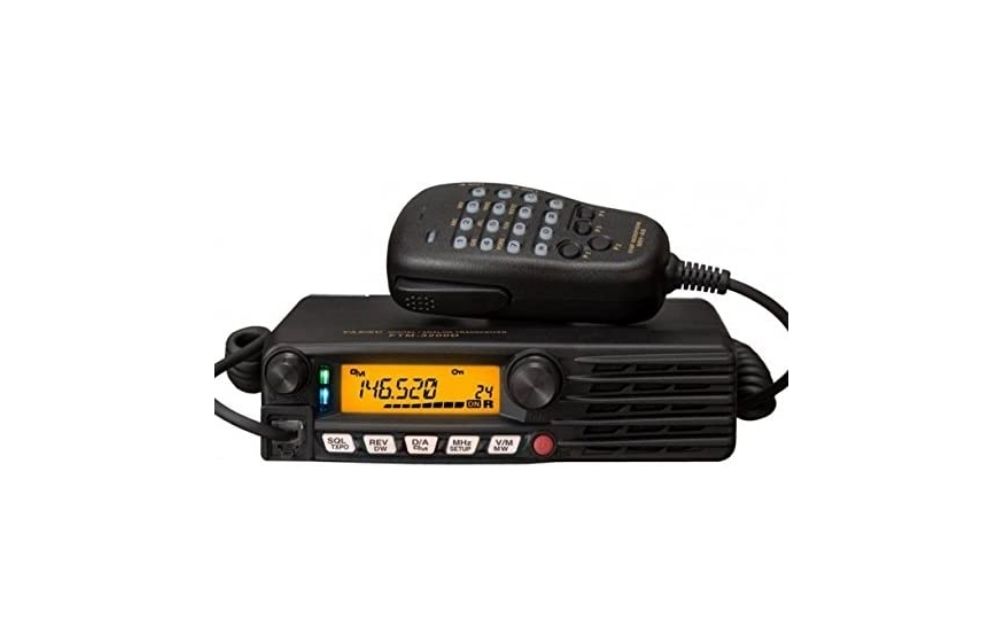Whether you’re an existing ham radio user or not, there are many reasons why you may want to add a ham radio to your car.
You might be a radio enthusiast who wants to take their hobby on the road, or an adventurous traveller who wants a radio to keep track of traffic and weather alerts on long road trips.
Some people who spend a lot of time driving for their work can also find it a way to keep in touch and pass the time, and it’s a good way for groups travelling off-road to stay connected, too.
If you’re not familiar with the world of ham radios, there can be a lot of technical terms to get to grips with. Even regular ham radio users may find they need some extra advice when it comes to the best ham radio for your car.
We’ve taken a look at some of the most popular models on the market to give you a quick and easy summary of some of your options.
Read on and you’ll also find our buying guide, helping you make sense of some of the features and benefits to look out for.
Best Ham Radios For Car
| # | PREVIEW | Product | |
|---|---|---|---|
| 1
Best Overall
1AnyTone AT-5888UV Two Way Car Radio
|
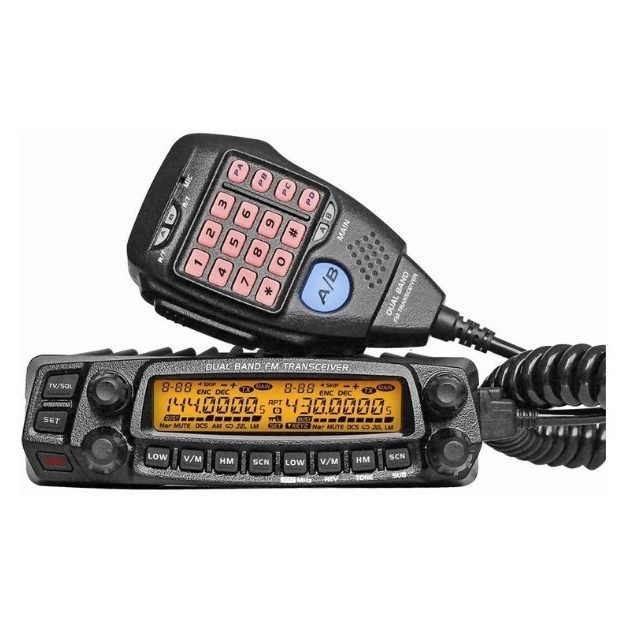
|
|
|
|
|
|||
| 2 |
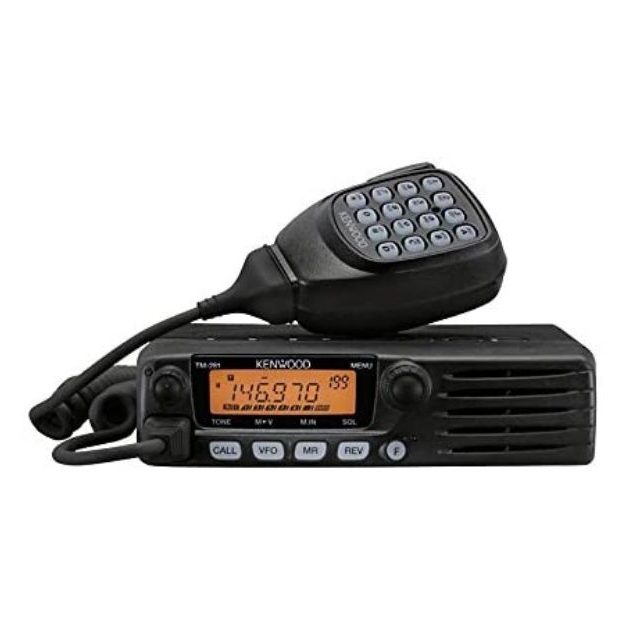
|
|
|
|
|
|||
| 3 |
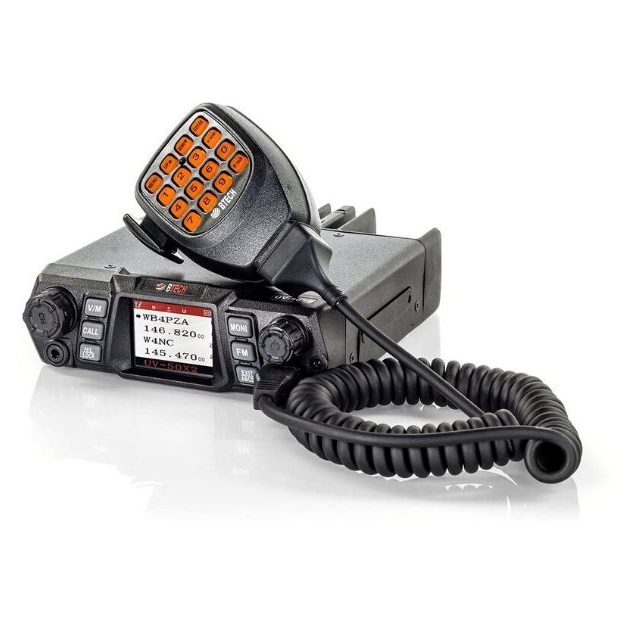
|
|
|
|
|
|||
| 4
Best For Low Budgets
4AnyTone AT-778UV Two Way Car Radio
|
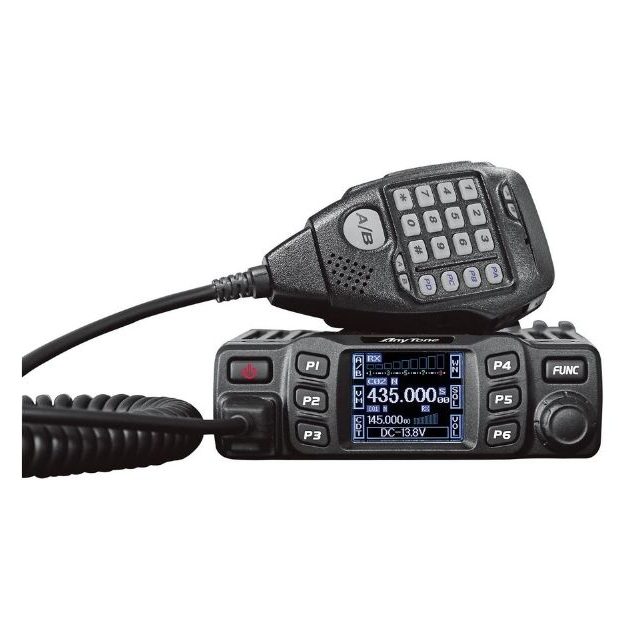
|
|
|
|
|
|||
| 5 |
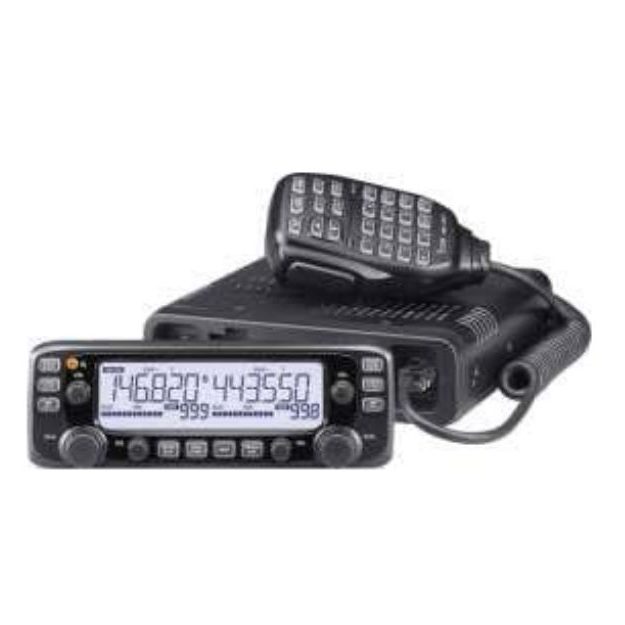
|
|
|
|
|
|||
| 6 |
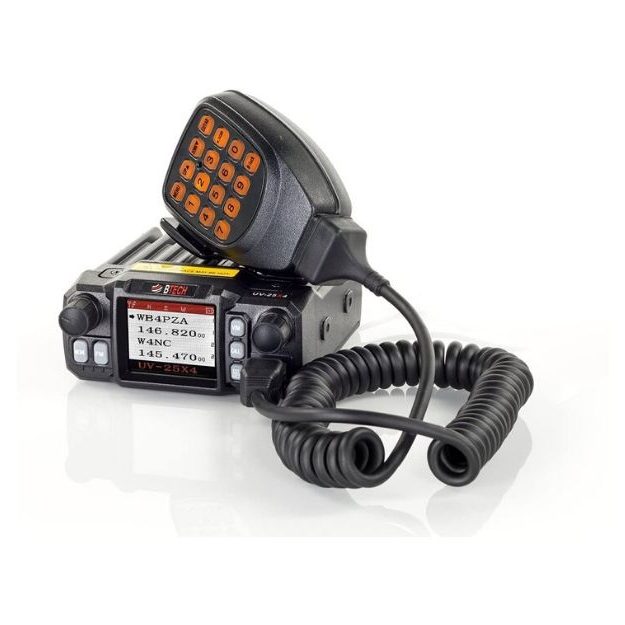
|
|
|
|
|
|||
| 7
Best For Higher Budgets
7Yaesu FTM-3200DR Mobile Transceiver For Car
|
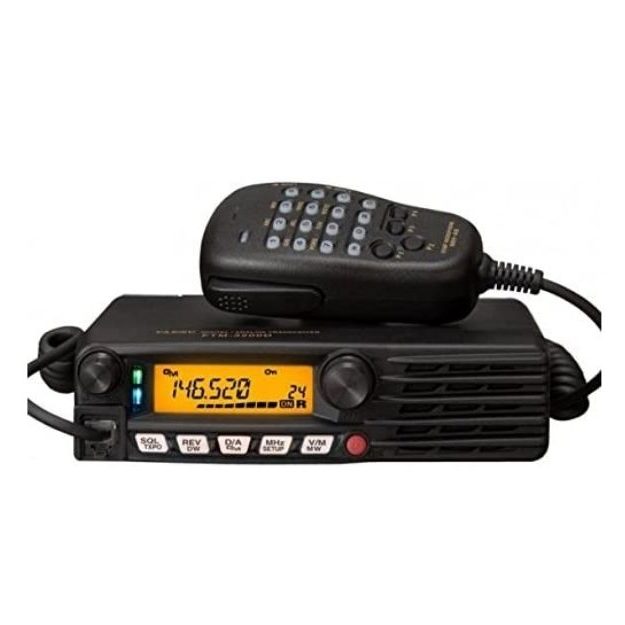
|
|
|
|
|
|||
1. AnyTone AT-5888UV Two Way Car Radio
- Full DualBand VHF/UHF Mobile Radio Transceiver
- Twin simultaneous receive with separate volume and squelch controls
- 50W on VHF, 40W on UHF
- Cross band repeater mode
This AnyTone model VHF/UHF dual band transceiver which offers 50W on VHF, 40W on UHF, or lower power settings down to 5W.
It’s an impressive power output for a transceiver at this price point, backed up with some great features. There is twin simultaneous receive with separate volume and squelch controls. The lighted full keypad microphone has a switchable built-in speaker, so you can use the speaker in body or in mic.
There’s also a back-lit three color display and buttons. There’s a useful USB port too, for charging your phone on the move. This radio is PC programmable, with downloadable free software.
Specifications
Pros
- Back-lit three-color display and buttons
- Lighted full keypad microphone
- Built in USB port
- Compact size
Cons
- Can be slow to scan
- Some users report quality issues
2. Kenwood TM-281A Car Radio
- MIL-STD 810 construction
- High power output
- Built-in CTCSS and DCS encoder/decoder
- Automatic simplex checker
This Kenwood product has a durable chassis that meets the U.S. Department of Defences’ military standard for withstanding vibration and shock.
The 136 to 174-megahertz transceiver with hand microphone has a high power output of 65 watts.
The device can store up to 100 channels in its internal memory or 200 channels if you won’t use alpha-numeric characters to identify them. Programming can be done by computer using a KPG-46U cable and MCP-1A memory control software.
The squelch encoder and decoder cover 104 DCS sub-tone frequencies and 42 CTCSS sub-tone frequencies. The Kenwood TM-281A also has an automatic simplex checker, which monitors the strength of a signal you’re getting from a repeater, and reverse function, which lets you check the signal strength of a station accessing the repeater.
Specifications
Pros
- Computer programmable
- Large speaker
Cons
- Single band (VHF)
- Only saves up to 100 channels using 6 alphanumeric characters
3. Btech UV-50X2 Car Radio
- Dual synchronize display
- Allows multi-channel monitoring through CHIRP
- Adjustable microphone volume
- Nine colour options for LCD display
Btech’s dual synchronize mode allows you to view two frequencies at once on the LCD display, with a frequency range from 136 to 174 megahertz on VHF and 400 to 520MHz on UHF. It has a 50-watt maximum output on both bands.
You can monitor up to four channels at once, with 144 megahertz or 430 MHZ as your main TX/RX band. Transmissions are loud and clear with the unit’s loud two-watt speaker. You can also easily raise or lower the volume of your microphone through the in-menu adjustment.
This product can also help you tap into the 65 to 108MHz frequency for commercial FM radio reception.
You can pair it with a PC04 FTDI cable to program your channels via computer with CHIRP software. With up to 200 programmable channels, its scan settings can be saved and remain in the device’s memory even when it reboots.
Specifications
Pros
- 200 programmable channels
- Loud speaker
- Mounting hardware included
- FM radio
Cons
- Small display
4. AnyTone AT-778UV Two Way Car Radio
- Dual band VHF/UHF
- 25W/15W/5W output
- Front panel program buttons are easy to use
- Clean audio output
If you’re looking for a compact dual band transceiver at a budget price, this AnyTone model may be just what you need. It offers VHF and UHF, with maximum power at 25W, or lower output settings of 15W or 5W.
The color screen is clear and easy to read and there’s a lighted keypad on the microphone. The screen display can even be flipped 180 degrees if you need to install the radio upside down.
The speaker quality is good, with speakers in both the radio and the mic. You can control a lot of the settings from the mic, for easier adjustments on the move.
Specifications
Pros
- Color LCD display
- Built-in speakers in both radio and microphone
- Lighted keypad microphone
- Great value
Cons
- Setting volume is a two-step process
- Can be tricky to work out how to program
5. ICcom IC-2730A Car Radio
- Bluetooth capability
- Programming software
- Split tone function for CTCSS and DTCS
- Weather alerts
The ICom IC-2730A has a maximum output power of 50 watts on both VHF and UHF bands.
It can communicate on a wide range of frequencies from 118 to 174 megahertz on VHF and 375 to 550MHz on UHF. This lets you to listen to weather, aviation, marine, and other utility communication channels.
It features 1,052 memory channels and a versatile scanning capability. You can activate its Bluetooth capability by installing the UT-137 plug-in module for hands-free voice-operated exchange (VOX). ICom offers an optional VS-3 Bluetooth headset to complete your VOX experience.
This radio has a split tone function that covers 50 CTCSS and 104 DTCS tones. ICom IC-2730A’s LCD display is 1.5 times bigger than its predecessor, the IC-2720, and features white backlighting.
Users of the ICom IC-2730A will also have access to downloadable programming software that allows them to easily view, edit, and manage memory channel data and the ham radio’s menu settings.
Specifications
Pros
- Wideband receiver
- 1,052 memory channels
- Large display
Cons
- Noisy fan
6. BTech 25 Watt Mobile Radio For Car
- Frequency randomization
- Customizable mic gain
- Up to 520MHz frequency range
- Quad Watch Delay Time
The BTech 25 Watt Mobile Radio is another ham radio designed for use in vehicles, giving users a means to communicate while out on the road. The small size of this radio makes it good for smaller vehicles or if you’re pressed for dashboard space.
This 1.25m radio can send and receive broadcasts on the usual 144MHz, 220MHz, and 430MHz VHF/UHF frequencies. Manual channel scanning is available but its ability to add and remove channels on the fly eliminates the need for other software. Its auto scan and auto power-off features also add to this radio’s ease of use.
Specifications
Pros
- Compact and light
- Beginner-friendly
- Convenient features
Cons
- Short mic cable
7. Yaesu FTM-3200DR Mobile Transceiver For Car
- High output power – 65W
- Automatic mode select to recognise signal as C4FM digital or regular FM
- Indicator LED reveals the incoming mode at a glance
- Solid and durable construction
This durable and well-built transceiver has a high power output of 65W, for stable communications over a long distance. It offers C4FM Digital (V/D Mode, VFR Mode*, DFR Mode) and FM Analog modulation modes, with automatic mode select which recognises the transmission type and switches the operating mode.
There’s an indicator LED which shows blue (digital) or green (analog) so you can see which mode you’re in at a quick glance. We like the clear and loud audio from the front panel speaker with 3W audio output.
There is also a handy digital group monitor function, so you can see if registered members of a group are within communication range. Other helpful features include the 220 memory channels with alpha-numeric tags and digital squelch code signalling feature.
Specifications
Pros
- Front panel speaker with 3W audio output
- Weather alert
- Digital Group Monitor to see if members of a group are within range
- Digital squelch code signalling
Cons
- Fan can be noisy
- Instruction manual could be clearer
Ham Radio For Car Buying Guide
Type
When you’re looking for a radio to install in your car, the size, design and portability become especially important. Unlike radios installed in the home or in a garage where you have more space and can access the front and back of a radio easily, if you’re installing a radio in the car you want it to be as compact as possible.
You have a few options, depending on your preference – a handheld radio, or a mobile radio. Here’s a breakdown of the main differences.
Handheld
Handheld units are, as the name says, designed to be carried, or perhaps clipped to a belt. They’re powered by rechargeable batteries and usually have a FM voice transmitter of a few watts on VHF and UHF bands.
Although they’re not too powerful, meaning their range is limited, they’re an easy and portable way to communicate on the move.
Mobile
Mobile radios are designed for use in vehicles and have a higher output power, as they’re usually run through a connection to the car electronics which provides a DC power supply.
They’re typically compact in design and the sockets (such as for your mic) are likely to be front-mounted, so they’re simple to access. They are often supplied with a mounting bracket so you can find a convenient place to position them in the car.
Output Power
The output power of your radio is important as it determines the range of your communications – there’s a simple equation that the more powerful the output, the larger the range is likely to be.
Car radios can vary significantly in output, with some reaching 65W or more.
A car radio may have staggered outputs, such as 25W/15W/5W, so you can make adjustments depending on the distance over which you’re intending to transmit or receive communications.
Local communication with cars around you can be possible with just the 5W output, but if you wanted to check conditions of the roads a long distance ahead, you’d want to set the output to the maximum possible.
Features
The features of your ham radio can make the difference between a basic but serviceable radio and one which is more enjoyable and interesting to use. We’ve looked at some of the most popular added features to look out for, to help you navigate your choices.
Weather Alert
Opting for a radio with a weather alert function is a good choice if you want to be notified about weather warnings whilst you’re on the move. A radio with a weather alert function will interrupt any other function in order to receive the alert which has information from the National Weather Service.
This allows you to stay updated on any major weather alerts or natural hazards such as earthquakes, tornadoes or storms.
Frequency
When choosing your ham radio you have a choice of frequency bands. VHF and UHF bands are widely used for local and regional contacts.
You could choose a popular dual-band VHF/UHF radio which can transmit on both the 144-148 MHz (two-meter) and 420-450 MHz (70cm) bands. Some will allow you to monitor several bands at once so you can listen on one band and transmit on the other.
Display
A clear display on the front panel of your radio is even more important in your car, when you might need to see the most relevant and important information at a quick glance.
It’s worth looking out for a LCD display as these are generally clearer and easier to read. Buttons which light up so it’s simple to locate them in the dark are another user-friendly feature.
Programmability
When you’re using a ham car radio on the go, you want it to be as straightforward as possible to operate. Choosing a model that you can program just as you want it will make the day-to-day use more straightforward.
Most models will allow you to store memory channels so you can then locate them easily. Many can be programmed by connecting the radio to computer software, which is often available to download online through the manufacturer’s website.
Pricing Range
In general terms, ham radios for cars tend to be lower priced than larger kits for use at home. The more basic set-ups can be found for under $100 if you’re on a tight budget or want a radio just for occasional use, such as when you’re on a long-distance road trip.
Stepping up to the widely recognized brands, such as AnyTone, there are many options in the $100-$200 bracket which deliver good performance and receive great reviews. As with any electronics, if you want to start adding extra features the price can keep climbing, to $500 or above.
Our Verdict
If you’re a new ham radio user and you want a simple and reasonably priced set-up, we recommend the AnyTone Dual Band Transceiver AT-5888UV Two Way Radio.
It offers 50W on VHF which is an impressive output for a model at this price point, and we like the range of features which include a switchable built-in speaker so the speaker can be used in body or in mic.
There’s also a handy USB port for charging your devices. If you have a little more to spend, the Yaesu FTM-3200DR C4FM Mobile Transceiver is durable and has a high power output of 65W, and clear and loud audio thanks to the 3W audio output.

